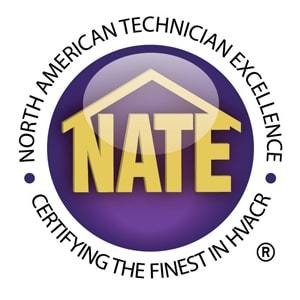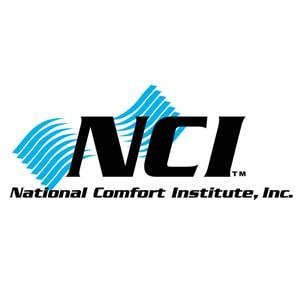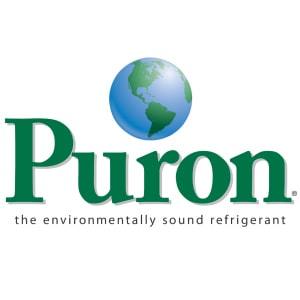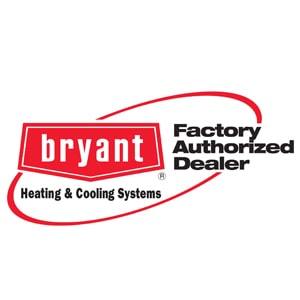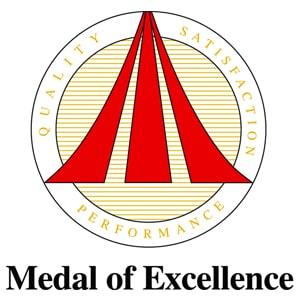If you’re in the market for a new HVAC system, it can be hard to know how to compare various costs, especially because individual quotes can contain such different items. This guide can help you navigate your way through various offers and prices in order to make an informed decision.
The Basics of Commercial HVAC Installation Costs
HVAC installation costs include labor and materials. Even if you compare rates from two different companies by looking at the labor and materials costs for each, these figures can be misleading. Some hourly rates are higher because they include other services like insurance and project management. Other hourly rates can be lower but will have additional costs, like insurance and truck delivery, in separate lines.
If you ask the vendor for a line-by-line estimate, you can figure out exactly what each piece of the estimate includes. There are four main categories for installations: equipment, ductwork and piping, controls, and system startup.
Equipment
Equipment costs will vary greatly, depending on the type of system that is being installed. Individual systems vary in how much equipment they have. Don’t go by just the amount of equipment needed, however, when trying to decide which to purchase. Some more complicated systems, like VRF systems, cost more to install than a simple water-cooled system, but they are more energy efficient and can save you money in the long run. There are a number of add-ons that you can usually purchase, such as electrostatic filters and UV systems. You’ll want to get information on each so you can make an informed decision about whether these add-ons would be beneficial for you. Lastly, be wary of any company that offers rock-bottom prices, as these companies have a tendency to increase prices once they begin work.
Piping and Ductwork
There are a few things to consider when looking over estimates for piping and ductwork:
- Replacing existing systems that don’t need any changes to the piping or ductwork will generally make the HVAC installation less expensive.
- Gut renovation is cheaper than more intricate installations, because it takes less time.
- If your business needs to remain open during the day, it may raise the rate of the installation, as the installer may have to work after hours in order to perform certain tasks.
System Startup
Starting up your system after installation requires additional labor. The labor cost for the startup will depend on how many units your system has and how complex it is. Everything needs to be tested before you first use the system. Some installations also require permits, inspections and filing. Additionally, your installation may include other testing, such as air balancing or water balancing, depending on whether you have an air-cooled system or a water-cooled system.
With a quality HVAC system and installation, you can rest assured that you’ve put your money into a long-term investment that will pay off for years to come.
